The Art of Recovery
It’s that time of year again. Spring is happening everywhere. And with spring comes better weather and the itch to get outside to ride or run long miles. It’s also race season. Time to plan your race and race your plan. A lot of people think going hard and training 7 days a week is a sure fire way to success. But that really isn’t the case. What is the least thought of aspect of training? You might be surprised (or not) to find that it is recovery.
Recovery is a cornerstone to any good training plan. Without it, athletes would just run their bodies to the ground. Injuries would be rampant. Focus would be lost. Motivation would be lacking. It might seem counterproductive to the beginner athlete, but proper recovery will actually improve your race times and get you to that goal. Let’s break down what recovery means and what happens during that time.
To begin with, recovery is not the same for every athlete. Someone training for a 5K will have a shorter recovery times than someone training for an Ironman. Every training session an athlete has results in the breaking down of muscle fibers. It is during recovery that these small muscle tears repair themselves and grow bigger and stronger. In addition, there are various types of recovery. Active
recovery could be a 15-20 minute walk in the afternoon after your long run on Sunday morning. Long term recovery is built into your workout plan. For example, you might do a build for 4 weeks during
Ironman training but then do a recovery week where your training load is significantly less. Passive recovery are days where you literally do nothing except maybe take a nap on the couch while golf is playing in the background.
Keep in mind that recovery is not just about sleeping. An example: you go for a tempo run for about 3-4 miles. You feel good, had a great workout. At the end of the workout, you should take some time to
stretch and ease your body into the “rest and digest” mode or your parasympathetic systems. Doing some long, easy stretches and
possibly lying in shivasana (or corpse pose, literally the best yoga pose ever) for 5 minutes will give your body the cues it needs to start to calm down.
An often overlooked aspect of recovery are your nutritional needs. Keep in mind that when you increase your training load, your nutritional needs also increase. Consuming the right foods after workouts helps speed the recovery process. Downing a dozen cookies and a glass of milk might seem like a good idea if you feel you are crashing after a long run or ride, but there are better options. Maybe step away from the Chips Ahoy and try some greek yogurt with granola and berries or
throw on some chocolate chips for that cookie fix. Or use some BASE greens and make yourself a smoothie!
It is also imperative that you listen to your body. Not the “oh I don’t feel like running today” voice in your head that will derail you from your goals. Watch for signs of over training and needing an actual rest day. Some of the those sign are: feelings of fatigue beyond normal tiredness, lack of motivation or desire for your chosen sport, decrease in performance, elevated heart rate during the night, general aches and pains. When these symptoms hit, it’s time to take a rest day.
Remember that rest makes you stronger. It will help you maximize your fitness and athletic goals. It rejuvenates your cardiovascular and muscular systems to take on more load. It also prevents burnout. So take that nap. Try implementing a yin yoga class into your training weeks. Or maybe even take a leisurely bike ride with your kids or spouse. Your body, and your training, will thank you.






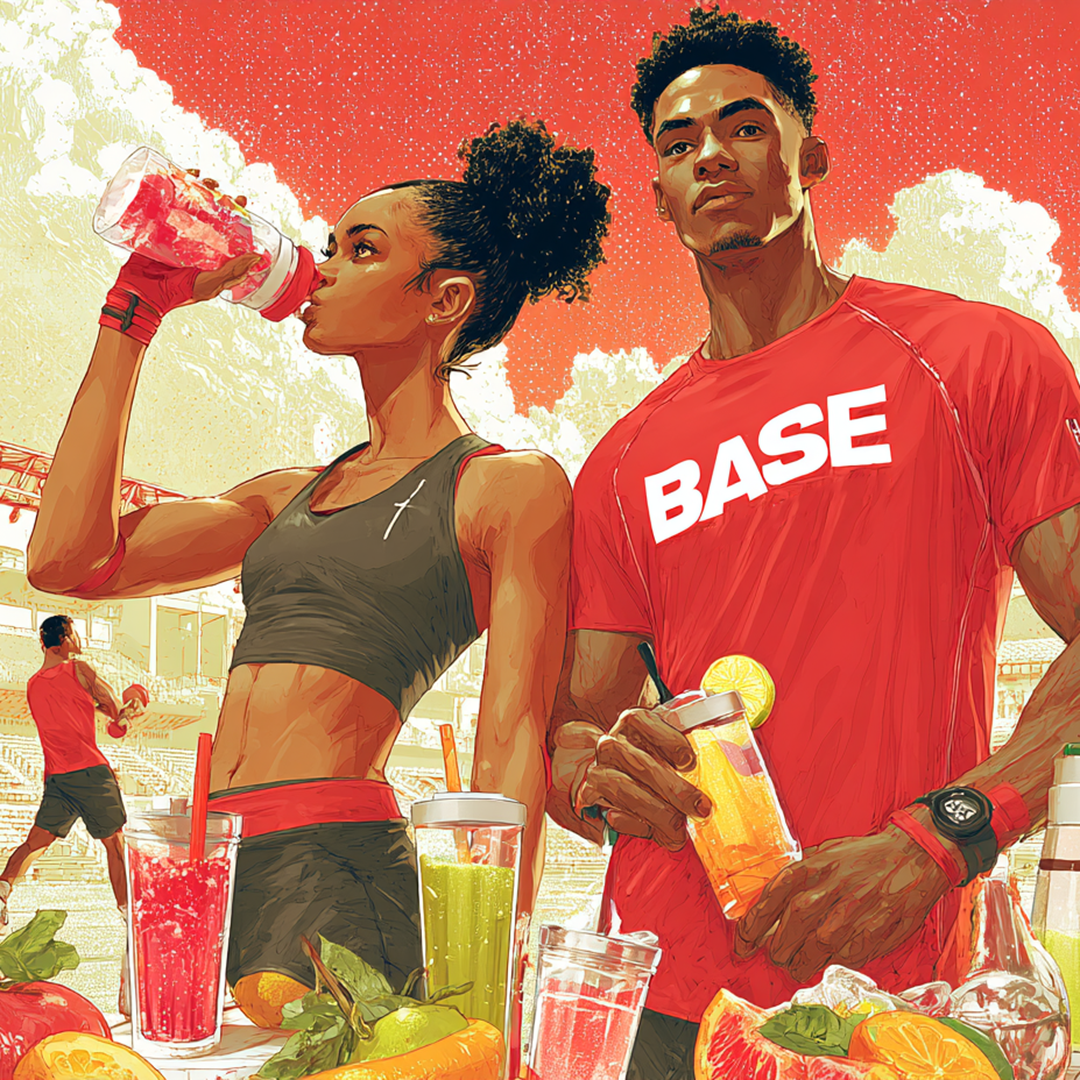
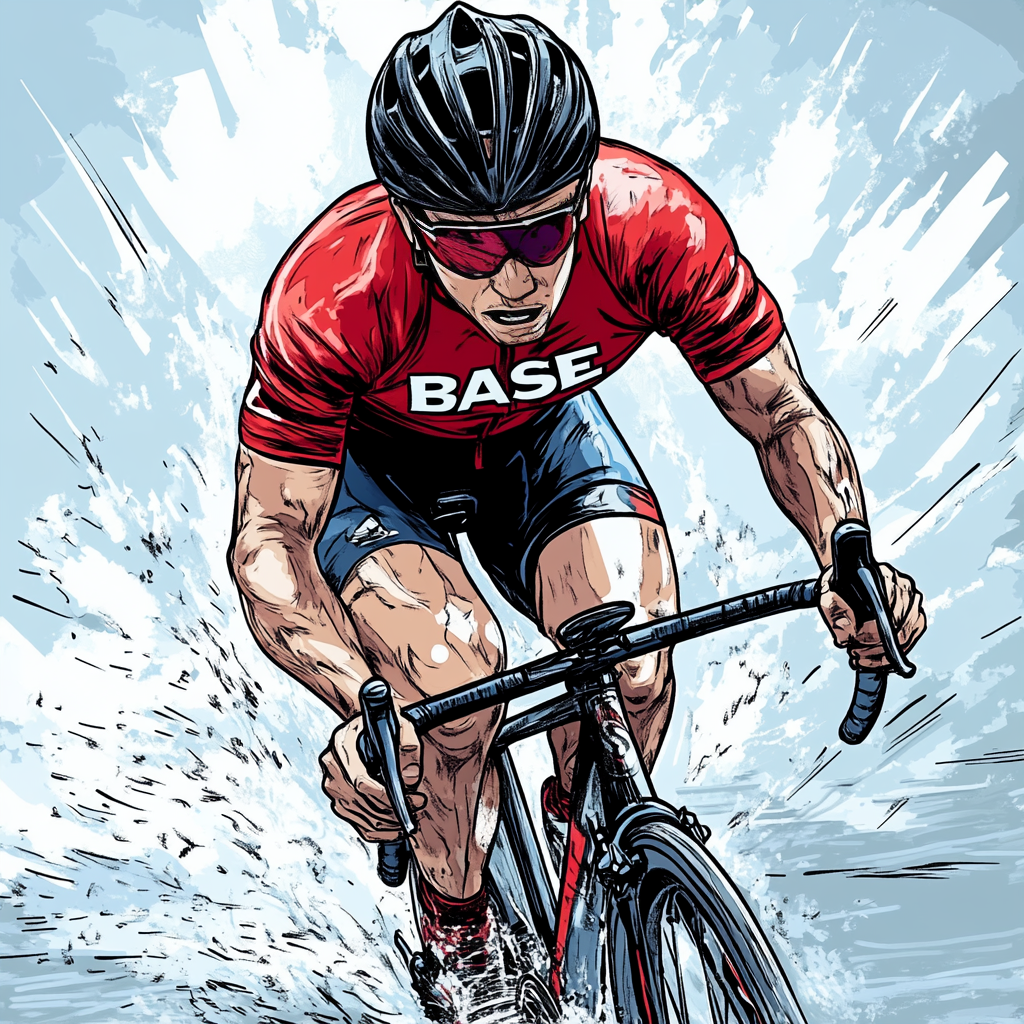

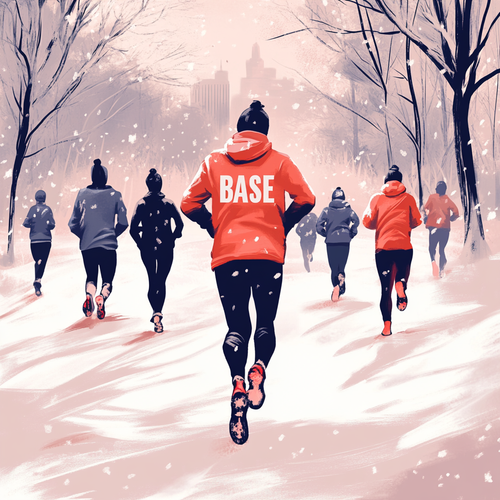


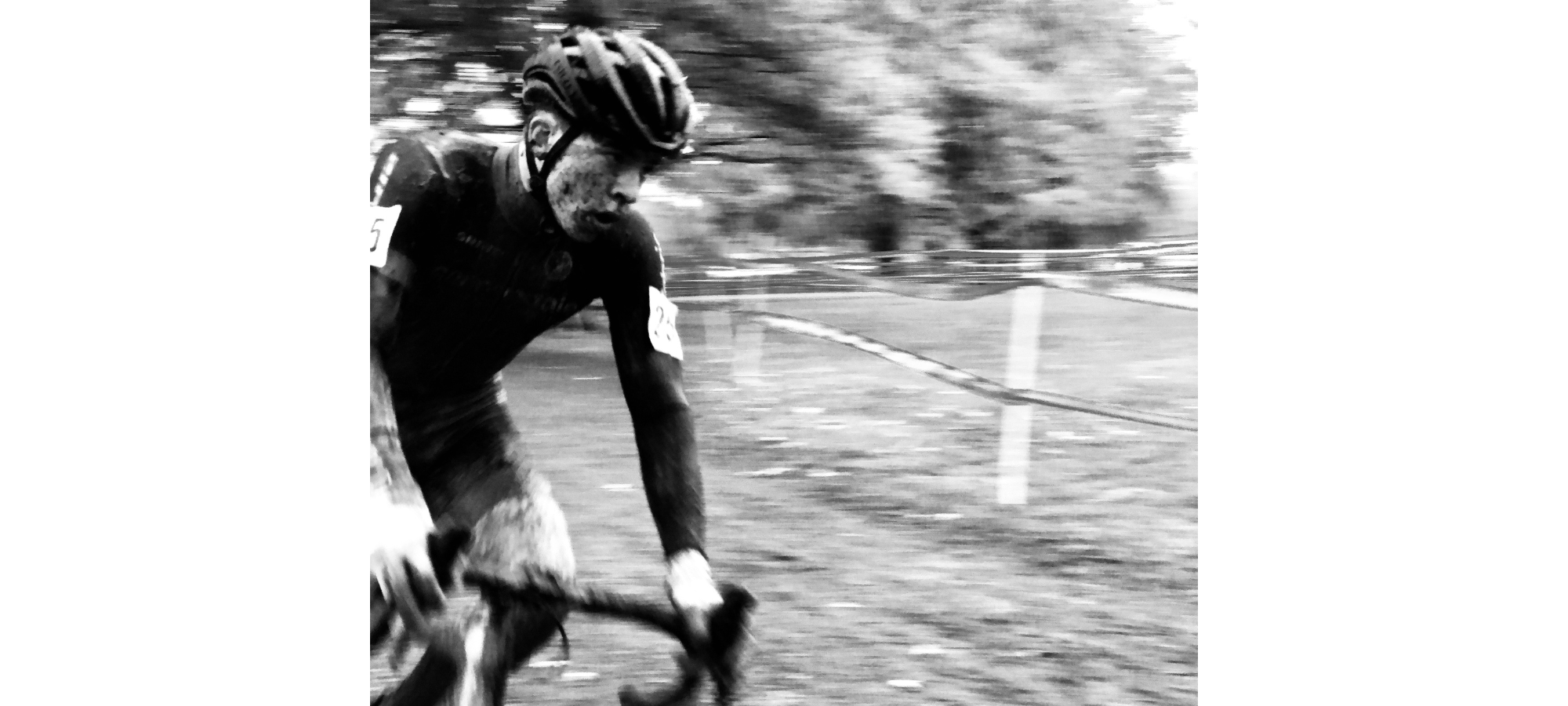
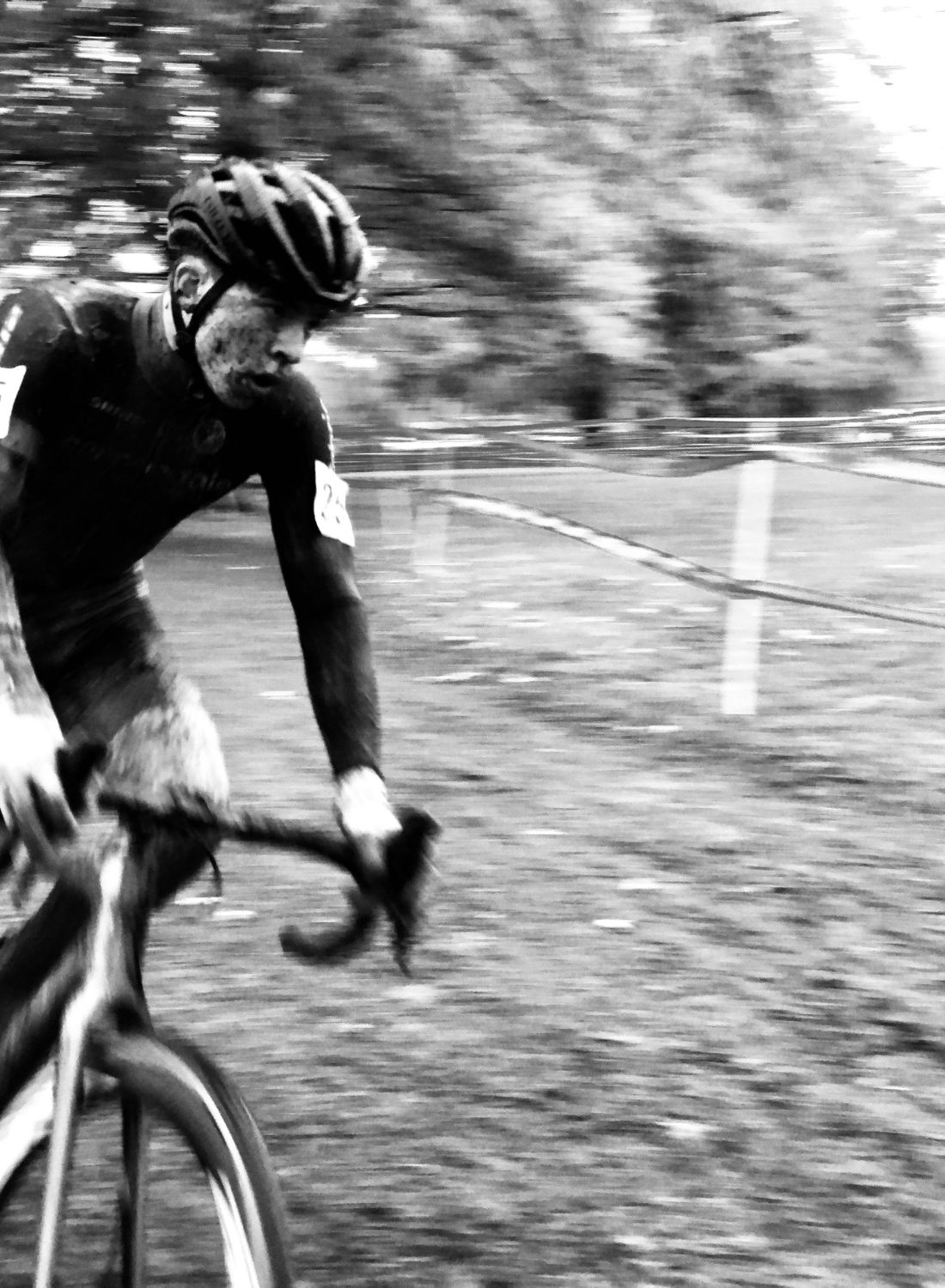











Leave a comment